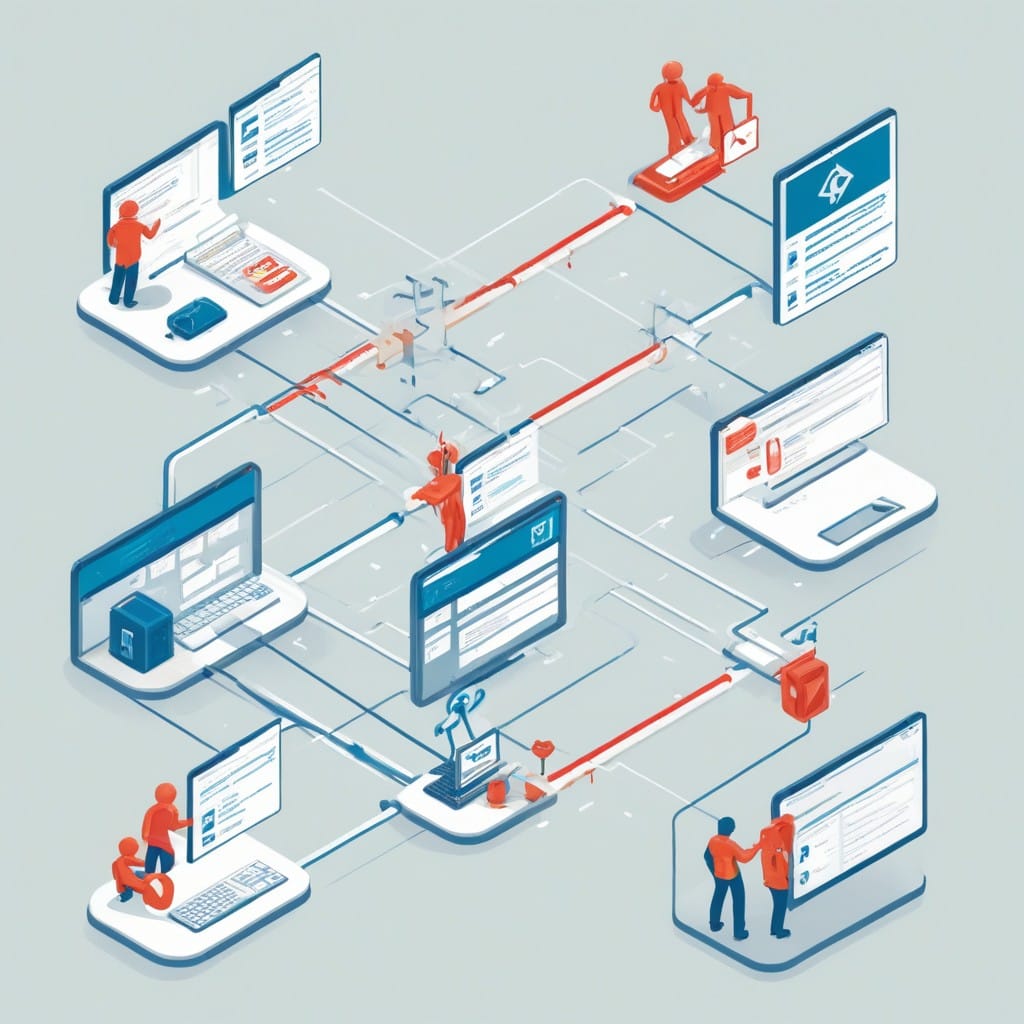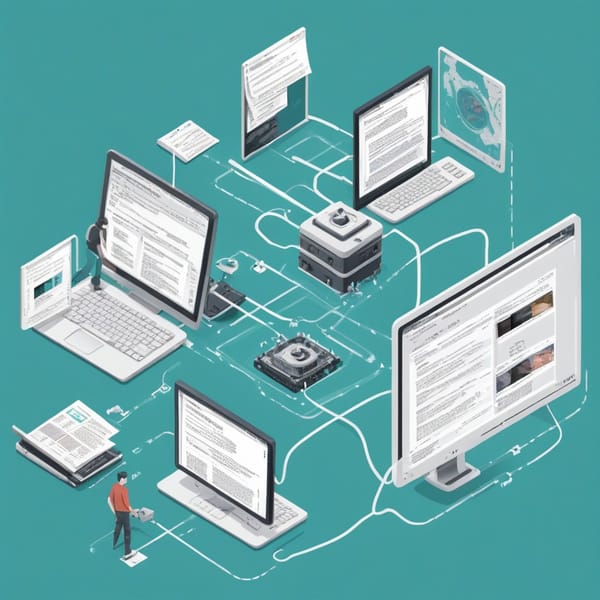Custom Alert Escalation Workflows in n8n for Critical Errors

In today’s fast-paced digital landscape, timely detection and resolution of critical errors can make or break your operations. Whether you’re managing IT infrastructure, SaaS applications, or automated workflows, having a robust alert escalation system is essential. n8n, a powerful workflow automation tool, allows you to create custom alert escalation workflows to ensure critical errors never go unnoticed.
In this post, we’ll explore how to design and implement custom alert escalation workflows in n8n, ensuring the right people are notified at the right time—with minimal manual intervention.
Why Alert Escalation Matters
When a critical error occurs, delays in response can lead to downtime, lost revenue, or even reputational damage. A well-designed escalation workflow ensures:
- Immediate Notification: First responders are alerted instantly.
- Fallback Mechanisms: If the primary responder doesn’t act, secondary contacts are notified.
- Multi-Channel Alerts: Notifications are sent via email, Slack, SMS, or other channels for redundancy.
- Audit Trails: A record of alerts and responses for post-mortem analysis.
Building a Custom Alert Escalation Workflow in n8n
Step 1: Trigger the Workflow
Start by setting up a trigger node that detects critical errors. Common triggers include:
- HTTP Requests (e.g., from monitoring tools like Prometheus or Datadog).
- Cron Jobs (scheduled checks for system health).
- Database Polls (querying logs for error patterns).
Example: Use an HTTP node to receive webhook alerts from your monitoring system.
Step 2: Filter and Classify Errors
Not all errors require escalation. Use n8n’s IF or Switch nodes to filter critical errors based on:
- Severity level (e.g., "Critical" or "High").
- Error type (e.g., "Database Failure" vs. "API Timeout").
- Frequency (e.g., multiple occurrences in a short time).
Example: Route only "Critical" errors to the escalation path.
Step 3: First-Level Notification
Send an immediate alert to the primary on-call person using:
- Email (via SMTP or services like SendGrid).
- Slack/Discord (direct messages or dedicated channels).
- SMS/Calls (using Twilio or similar services).
Example: Use the Slack node to send a direct message with error details.
Step 4: Escalation Logic
If the first responder doesn’t acknowledge the alert within a set time (e.g., 15 minutes), escalate to a secondary contact. Implement this using:
- Delay Node: Pause the workflow for a set duration.
- Check Status Node: Verify if the issue was resolved (e.g., poll a ticket system).
- Conditional Logic: If unresolved, proceed to the next escalation tier.
Example: After a 15-minute delay, check if the Slack message was acknowledged. If not, escalate to a team lead.
Step 5: Final Escalation (If Needed)
If the secondary contact also fails to respond, escalate to higher-tier responders (e.g., engineering managers or CTO). You can also:
- Create a Ticket: Automatically log the issue in Jira or Zendesk.
- Trigger Remediation: Execute a script to restart services or roll back deployments.
Example: Use the Jira node to create a high-priority ticket if the error persists.
Step 6: Logging and Reporting
Ensure all escalations are logged for accountability. Use:
- Google Sheets/Airtable: Record timestamps and responders.
- PostgreSQL/MySQL: Store detailed error and response data.
Example: Append escalation events to a Google Sheet for audit purposes.
Advanced Enhancements
- Dynamic Recipients: Use environment variables or databases to fetch on-call schedules dynamically.
- Multi-Channel Alerts: Send alerts via SMS, email, and Slack simultaneously for redundancy.
- Auto-Remediation: Integrate with scripts or APIs to attempt automatic fixes before escalation.
Conclusion
Custom alert escalation workflows in n8n ensure critical errors are handled swiftly and efficiently. By leveraging n8n’s flexible nodes and logic, you can design a system that minimizes downtime and maximizes response effectiveness.
Start small, test your workflow, and iterate based on real-world performance. With the right setup, you’ll never miss a critical alert again!
Ready to automate your alert escalations? Try building your first n8n workflow today!



